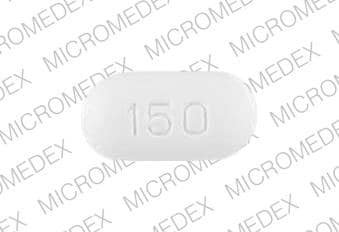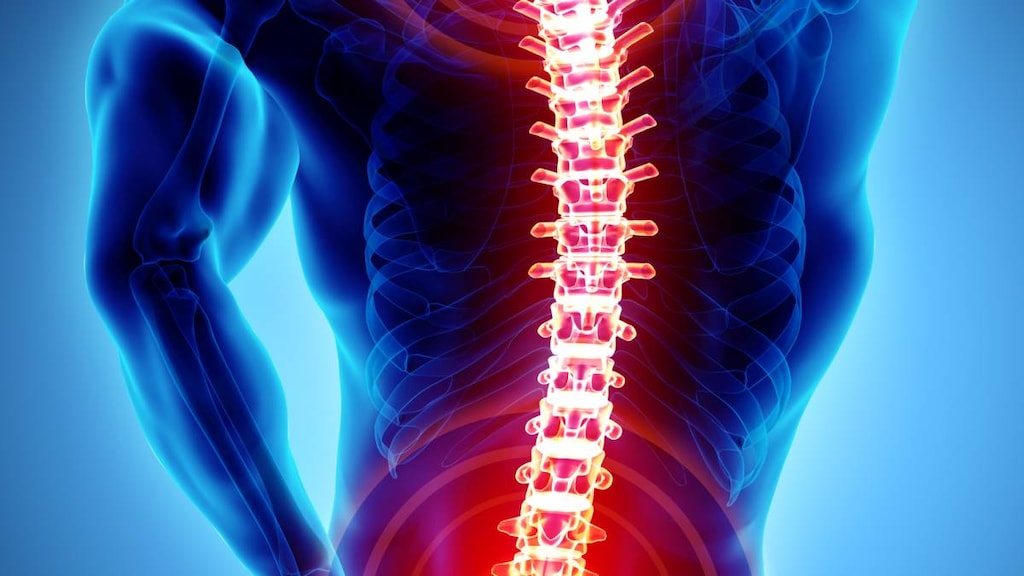What is Boniva?
Boniva is a prescription medicine used to treat osteoporosis in women after menopause. Boniva helps increase bone mass and helps reduce the chance of having a spinal fracture (break).
It is not known how long Boniva works for the treatment of osteoporosis. You should see your doctor regularly to determine if Boniva is still right for you.
It is not known if Boniva is safe and effective in children.
What is the most important information I should know about Boniva?
Boniva Injection is given in your vein (intravenously) and only given by a healthcare provider. Do not give Boniva Injection to yourself.
Boniva may cause serious side effects including:
- Low calcium levels in your blood (hypocalcemia)
- Severe allergic reaction (anaphylactic reaction)
- Severe kidney problems
- Severe jaw bone problems (osteonecrosis)
- Bone, joint or muscle pain
- Unusual thigh bone fractures
1. Low calcium levels in your blood (hypocalcemia).
Boniva may lower the calcium levels in your blood. If you have low blood calcium before you start taking Boniva, it may get worse during treatment. Your low blood calcium must be treated before you receive Boniva. Most people with low blood calcium levels do not have symptoms, but some people may have symptoms. Call your doctor right away if you have symptoms of low blood calcium such as:
- Spasms, twitches, or cramps in your muscles
- Numbness or tingling in your fingers, toes, or around your mouth
Your doctor may prescribe calcium and vitamin D to help prevent low calcium levels in your blood, while you receive Boniva. Take calcium and vitamin D as your doctor tells you to.
2. Severe allergic reactions.
Some people who received Boniva Injection had severe allergic reactions (anaphylactic reactions) that led to death. Get medical help right away if you have any of the symptoms of a serious allergic reaction such as:
- Swelling of your face, lips, mouth or tongue
- Trouble breathing
- Wheezing
- Severe itching
- Skin rash, redness or swelling
- Dizziness or fainting
- Fast heartbeat or pounding in your chest
- Sweating
3. Severe kidney problems.
Severe kidney problems, including kidney failure, may happen when you receive Boniva. Your doctor should do blood tests to check your kidneys before you receive each dose of Boniva.
4. Severe jaw bone problems (osteonecrosis).
Severe jaw bone problems may happen when you receive Boniva. Your doctor may examine your mouth before you start Boniva. Your doctor may tell you to see your dentist before you start Boniva. It is important for you to practice good mouth care during treatment with Boniva.
5. Bone, joint, or muscle pain.
Some people who receive Boniva develop severe bone, joint, or muscle pain.
6. Unusual thigh bone fractures.
Some people have developed unusual fractures in their thigh bone. Symptoms of a fracture may include new or unusual pain in your hip, groin, or thigh.
Call your doctor right away if you have any of these side effects.
Who should not take Boniva?
Do not receive Boniva if you:
- Have low levels of calcium in your blood
- Are allergic to ibandronate sodium or any of the ingredients in Boniva. See the end of this guide for a complete list of ingredients in Boniva.
What should I tell my healthcare provider before taking Boniva?
Before you receive Boniva, tell your doctor if you:
- Have low blood calcium
- Plan to have dental surgery or teeth removed
- Have kidney problems or other problems that may affect your kidneys
- Have been told you have trouble absorbing minerals in your stomach or intestines (malabsorption syndrome)
- Are pregnant or plan to become pregnant. It is not known if Boniva can harm your unborn baby.
- Are breast-feeding or plan to breast-feed. It is not known if Boniva passes into your milk and may harm your baby.
Tell your doctor and dentist about all the medicines you take, including prescription and non-prescription medicines, vitamins and herbal supplements.
Know the medicines you take. Keep a list of them and show it to your healthcare provider and pharmacist each time you get a new medicine.
How should I take Boniva?
- Boniva Injection is given 1 time every 3 months by a healthcare provider.
- If you miss a dose of Boniva, call your doctor or healthcare provider to schedule your next dose.
What are the possible side effects of Boniva?
Boniva may cause serious side effects.
The most common side effects of Boniva include:
- Pain in your bones, joints or muscles
- Back pain
- Abdominal pain
- Flu-like symptoms may happen within 3 days after you receive Boniva. Symptoms include:
- fever
- chills
- bone, joint, or muscle pain
- fatigue
If you have flu-like symptoms, they should get better within 24 to 48 hours.
Some people have pain or a sore that will not heal in their mouth or jaw while they receive Boniva. Tell your doctor or dentist if you have mouth or jaw problems.
Tell your doctor if you have any side effect that bothers you or that does not go away.
These are not all the possible side effects of Boniva. For more information, ask your doctor or pharmacist.
Call your doctor for medical advice about side effects. You may report side effects to FDA at 1-800-FDA-1088. You may also report side effects to Genentech at 1-888-835-2555.
Boniva Images
General information about the safe and effective use of Boniva
Medicines are sometimes prescribed for purposes other than those listed in a Medication Guide. Do not use Boniva for a condition for which it was not prescribed. Do not give BONIVA to other people, even if they have the same symptoms you have. It may harm them.
This Medication Guide summarizes the most important information about Boniva. If you would like more information, talk with your doctor. You can ask your doctor or pharmacist for information about Boniva that is written for health professionals.
How should I store Boniva?
- Store Boniva Injection at room temperature between 68°F and 77°F (20°C and 25°C).
Keep Boniva Injection and all medicines out of the reach of children.
What are the ingredients in Boniva?
Active ingredient: ibandronate sodium
Inactive ingredients: sodium chloride, glacial acetic acid, sodium acetate and water





